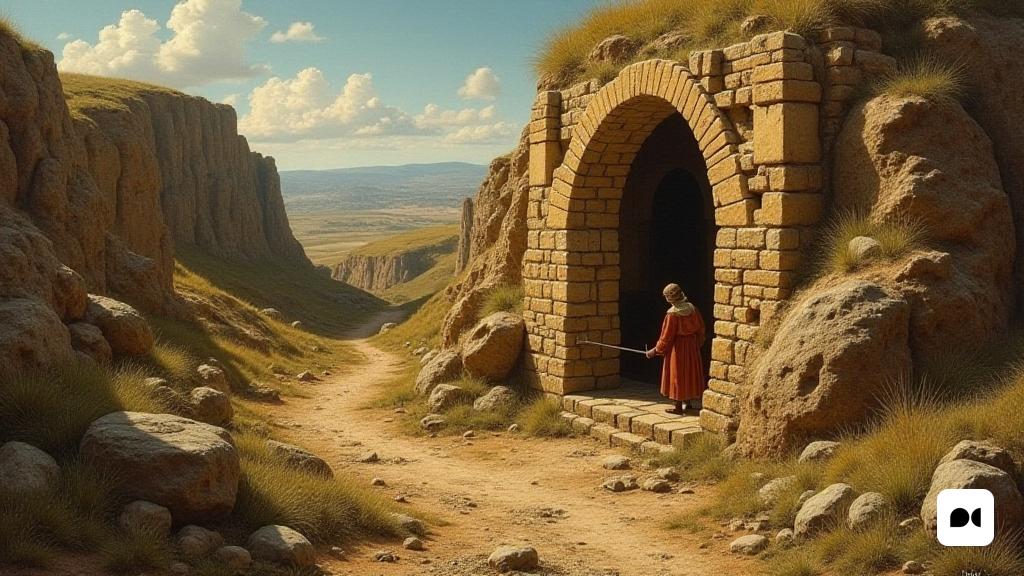An Unexpected Discovery in the Spanish Countryside
On December 27, 1858, in a rural corner of Guardamur, a peasant made a discovery that would change the perception of Visigothic history in Spain. In an area known as Guarrazar, the man unearthed a second part of a treasure that had remained hidden for centuries, revealing the wealth of the ancient Spanish monarchy.
The Circumstances that Led to the Discovery
This discovery came after heavy rains caused a landslide, exposing two sealed boxes beneath the tombstone of an individual named Crispinus. The first part of the treasure had been unearthed just two days earlier, causing a stir among locals.
The Jewelry Trade and the Media Echo
The peasants, thrilled by their luck, began selling the jewels to jewelers in the region and in France, who quickly dismantled and transformed them. However, the press’s interest in the treasure soon grew, leading the Spanish government to intervene, recovering the unsold pieces and transferring them to the Archaeological Museum of Madrid.
The Historical Context of the Treasure
This set of artefacts, which included crowns and crosses of notable value, represented the opulence of the Visigothic monarchy just before its collapse. In July 711, the Arab army led by Tariq ibn Ziyad crossed the Strait of Gibraltar, supported by discontented factions of the Visigothic kingdom seeking to overthrow King Rodrigo.
The Arab Conquest and the Search for Treasure
Although Tariq attempted to seize the treasure, he failed to locate it. Visigothic resistance, led by Rodrigo, met the invasion, but the Battle of Guadalete resulted in a decisive defeat. Tariq subsequently turned towards Toledo, where, frustrated by his lack of success and the refusal of the Caliph of Damascus to conquer the peninsula, he continued his advance towards northern Europe.
The Fate of the Treasure and its Cultural Heritage
Over the years, much of the treasure found in 1858 ended up in the hands of French collectors, with a significant portion held by the Cluny Museum in Paris since 1860. Despite its priceless historical value, Spanish authorities have made no significant efforts to reclaim it, raising questions about the preservation of cultural heritage.
Reflections on History and Heritage
The Guarrazar treasure is not only a reminder of the splendor of a fallen empire, but also a symbol of the complexities of cultural heritage. In a world where borders are being redefined, the story of this treasure highlights the importance of collective memory and the preservation of our legacy.

